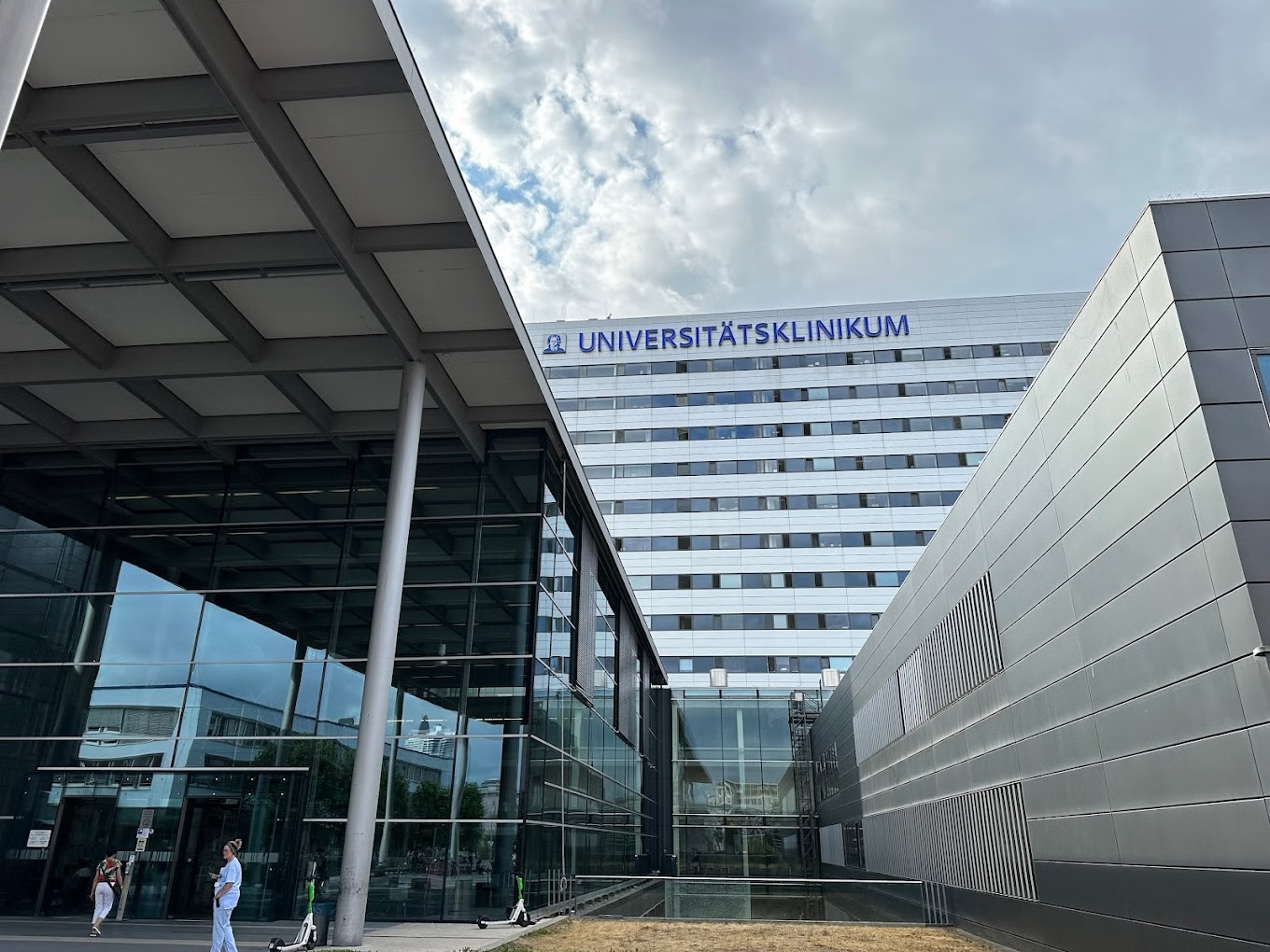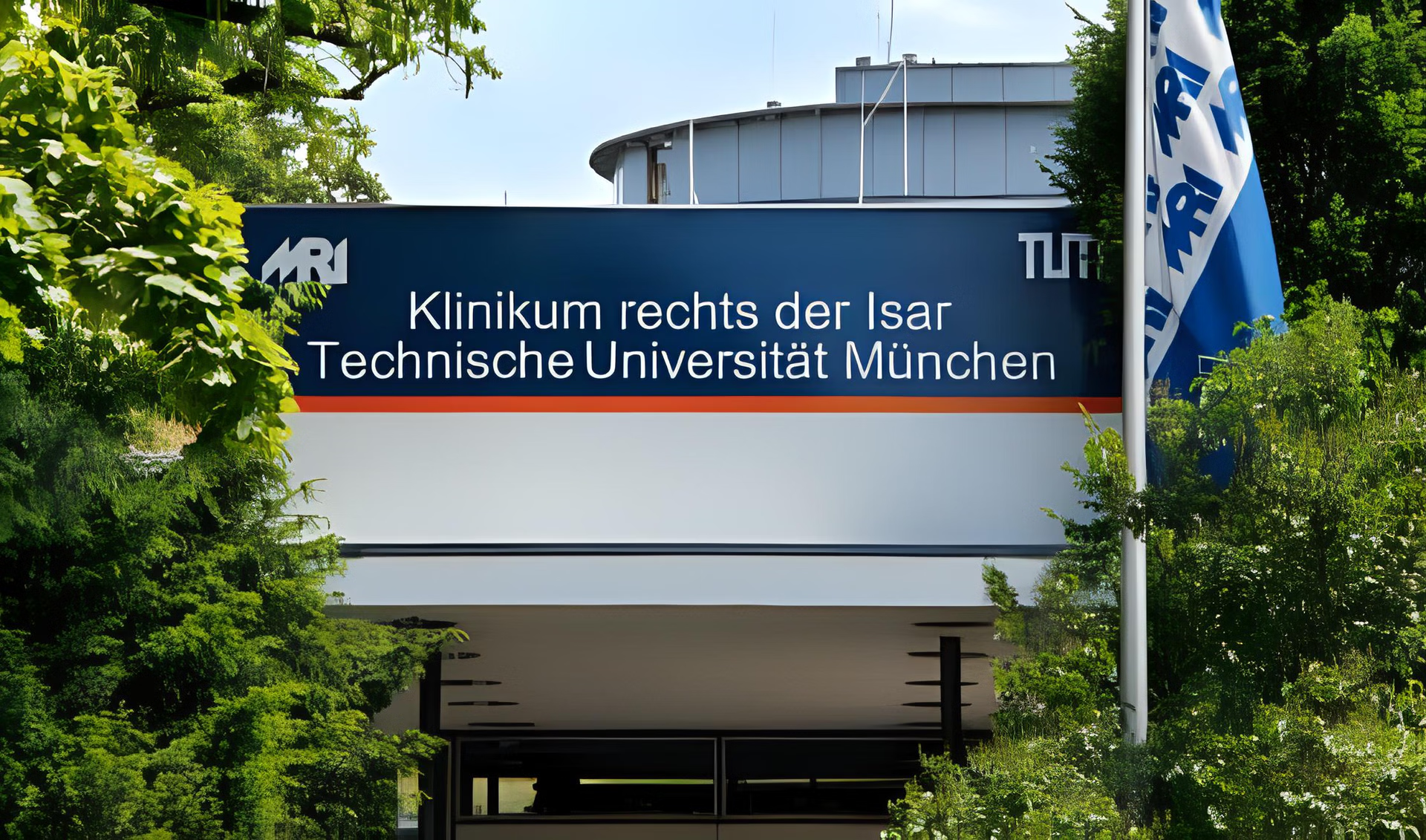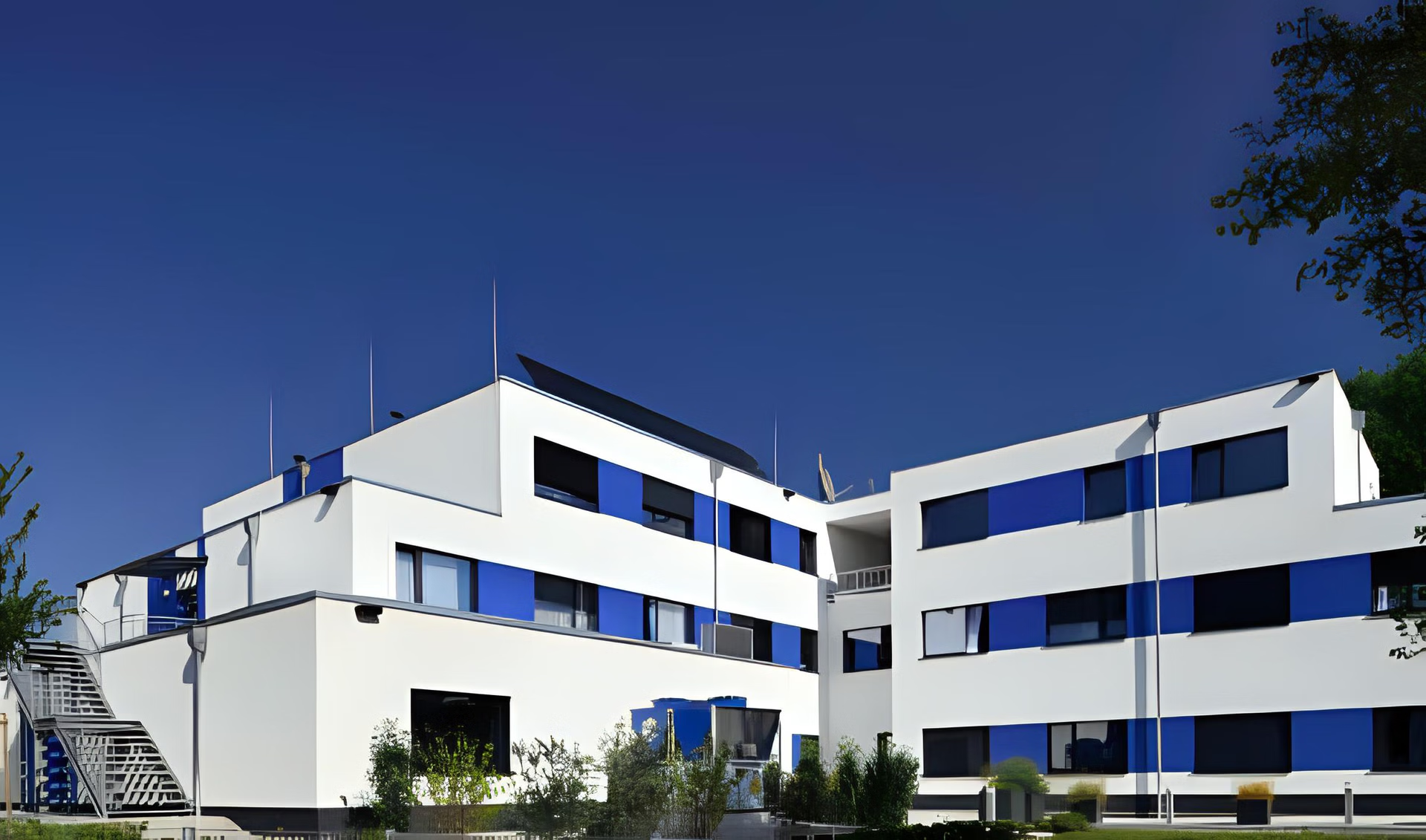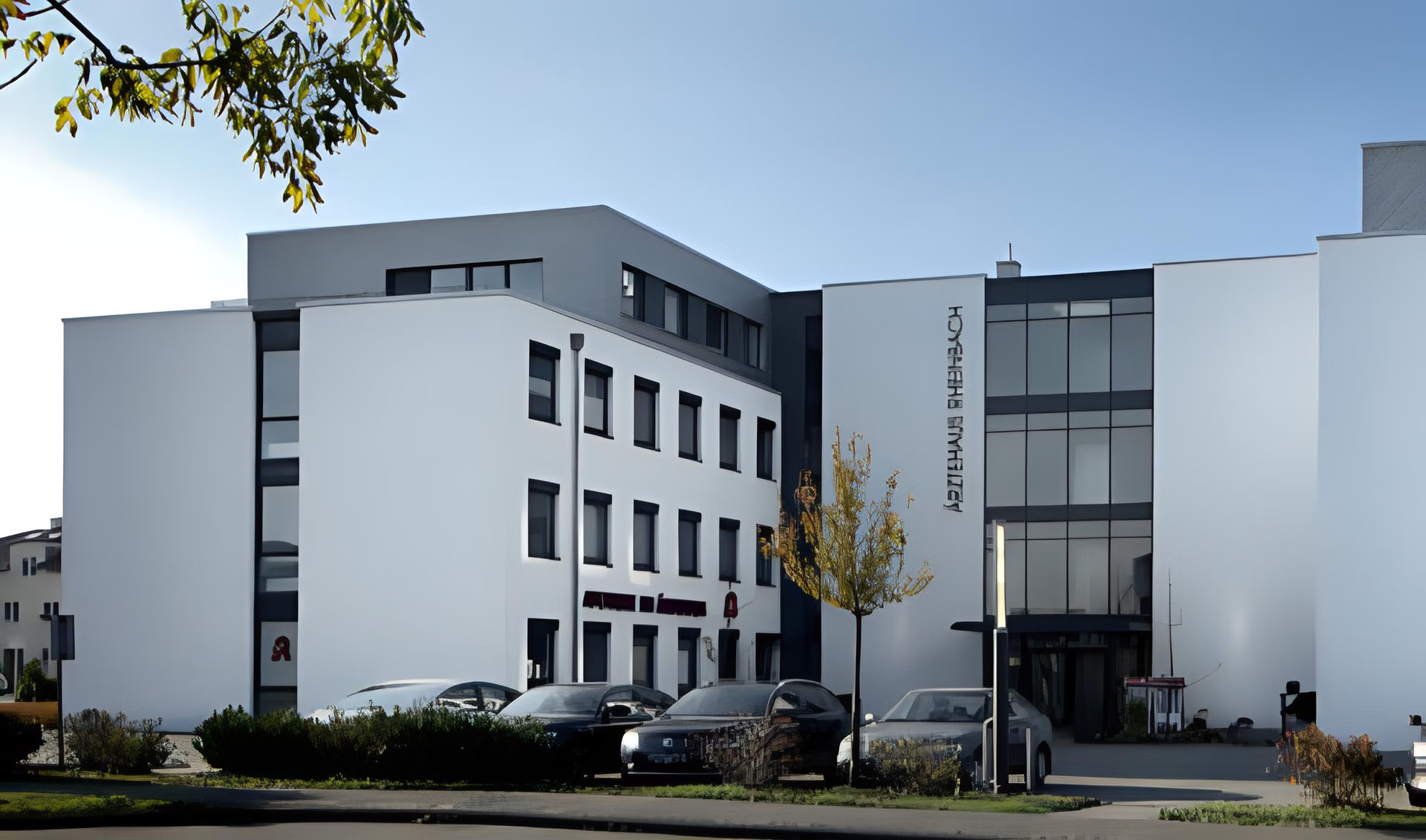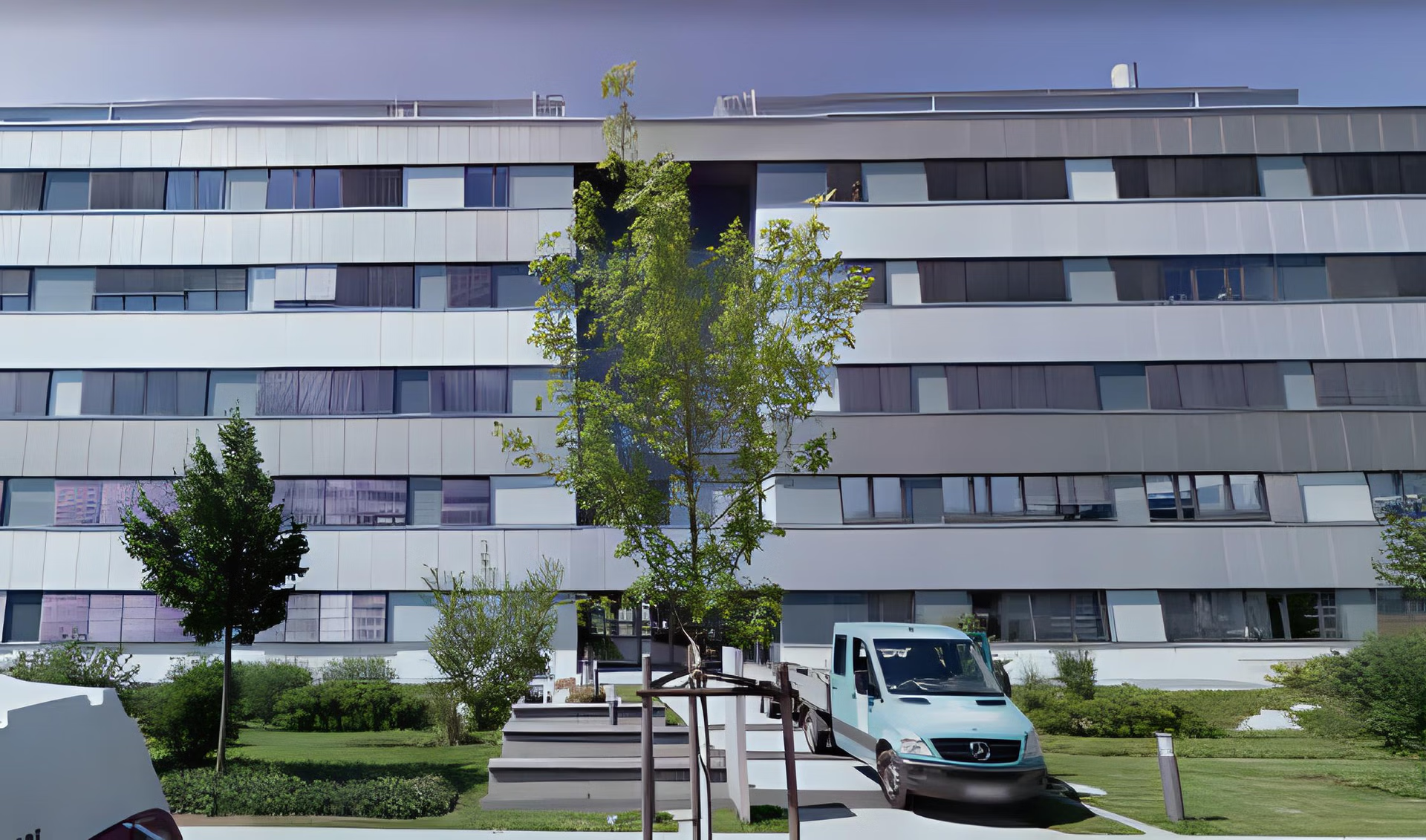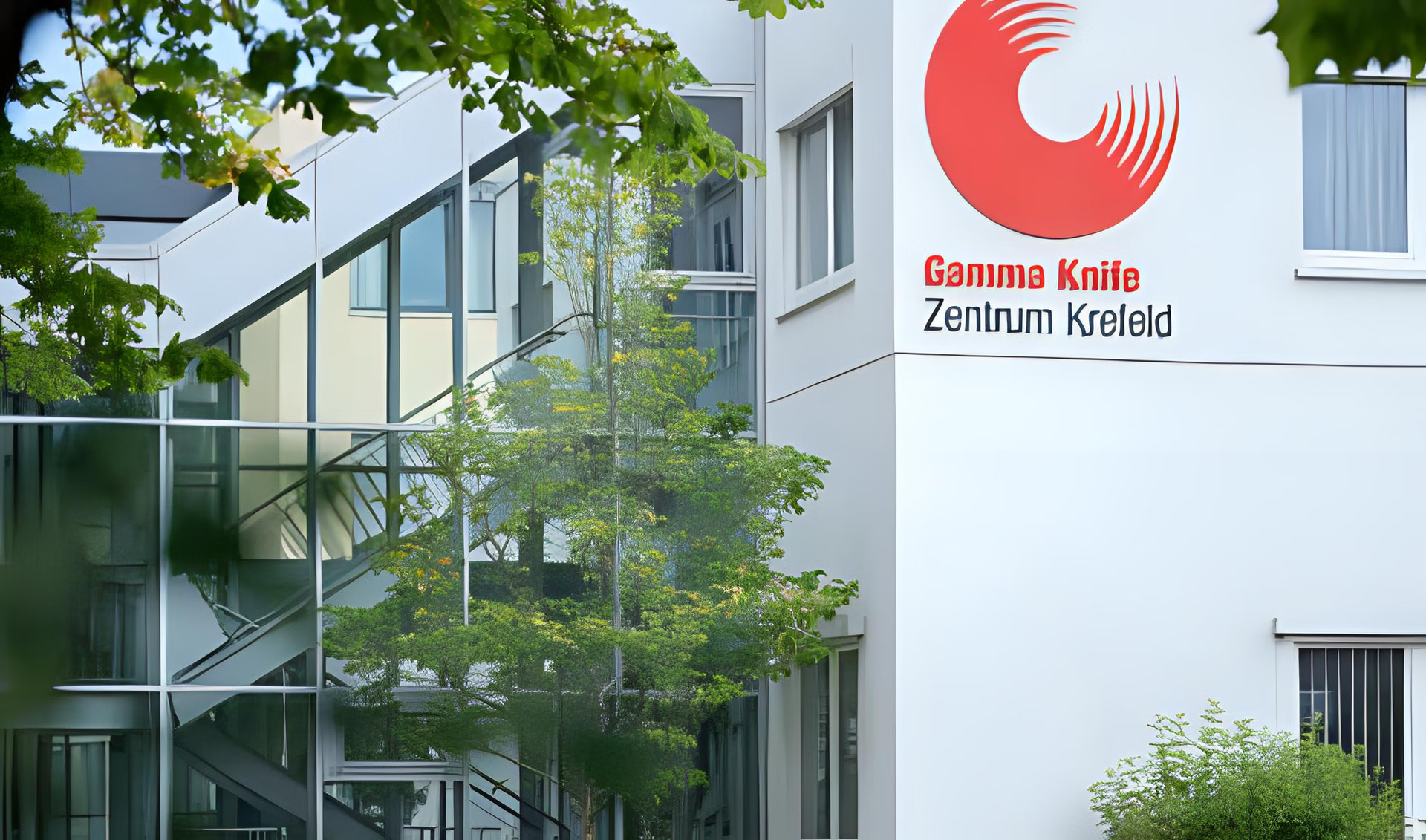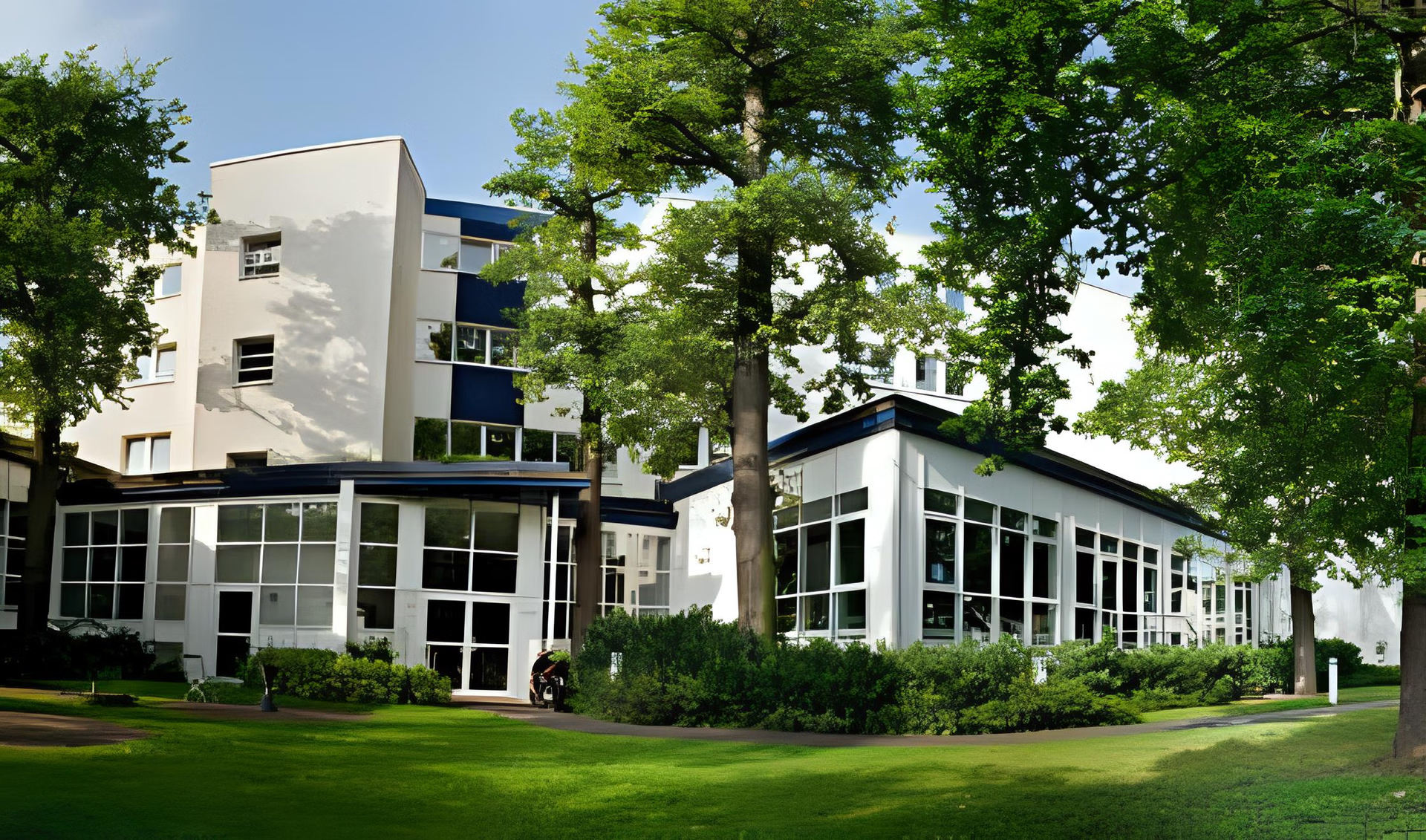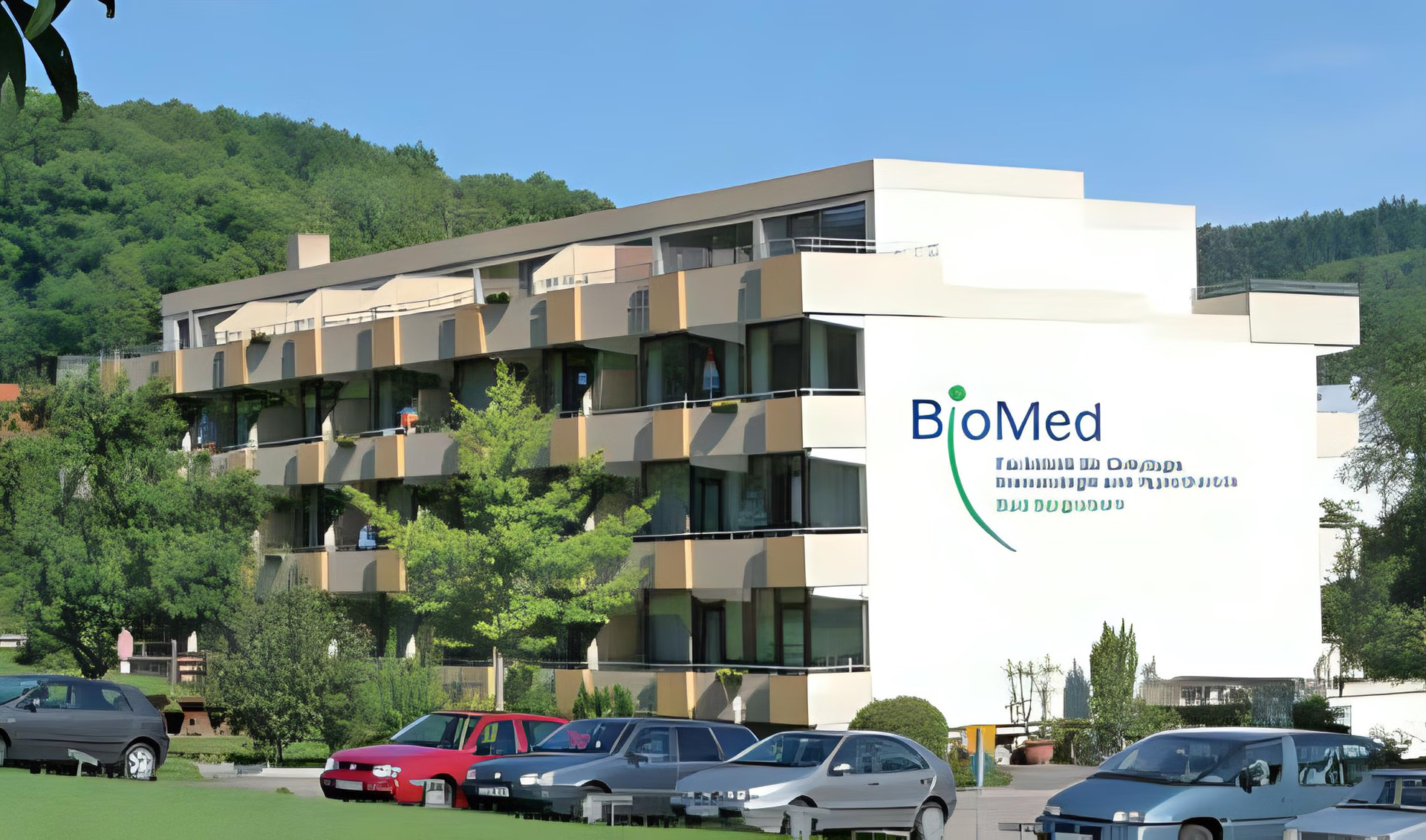New Oncology Treatment in Germany
Oncology is a branch of medicine that researches the origin of tumors and develops methods of diagnostic and new cancer treatments. Each case is unique, so there can be no universal approach to treatment. However, it is vital to understand each patient's medical history as best as possible to defeat cancer.
Only a few countries can afford significant investments in research centers and innovative development of new treatments for cancer. Germany is one of these countries with a full range of modern methods that have proven their effectiveness. As a result, over the past decade, scientists and oncologists have made serious progress in treating oncology, curing patients, or prolonging their lives for months and years.
Breakthrough in Cancer Treatment
The main problem in oncology treatment is that cancer manifests itself individually in each person, even when it affects the same organ.
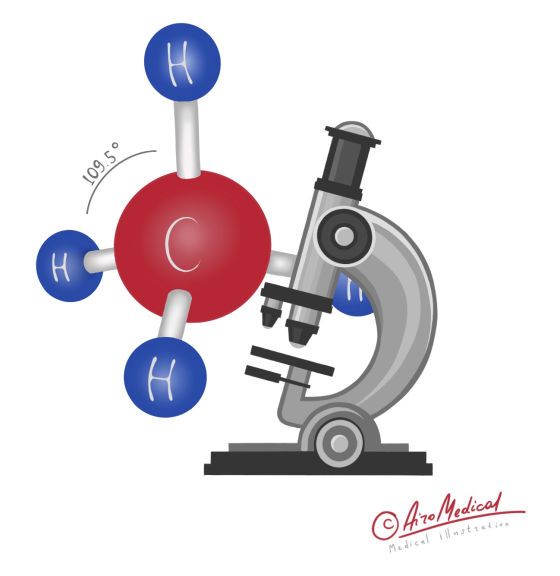 Every year in Germany, over 500.000 people are diagnosed with cancer. Therefore, pharmacology and healthcare are working tirelessly to improve treatment options. Yearly the government allocates enormous resources for research and implementation of the newest cancer treatments.
Every year in Germany, over 500.000 people are diagnosed with cancer. Therefore, pharmacology and healthcare are working tirelessly to improve treatment options. Yearly the government allocates enormous resources for research and implementation of the newest cancer treatments.
The level of German medicine is such that about 50% of cancer patients overcome the illness in the long term. In Germany, cancer mortality has been steadily declining over the past 15 years. Experts say that this was made possible by early recognition of the disease. The most common oncological diseases - breast cancer in women and prostate cancer in men – are cured if detected early.
What brings the next? Will cancer be curable for all patients in the foreseeable future? Unfortunately, we cannot yet proceed with such a statement. But cancer will be lesser fatal and more often a chronic disease.
In Germany, there is a dual approach to cancer treatment. Firstly, oncology focuses on targeted therapy for each case. Secondly, the improvement of new cancer treatments continues.
The best German oncologists prove that radical surgery, radiation therapy, and traditional chemotherapy are already outdated. They are constantly and successfully developing new ways which give hope for treatment without side effects.
New Cancer Therapies in Germany
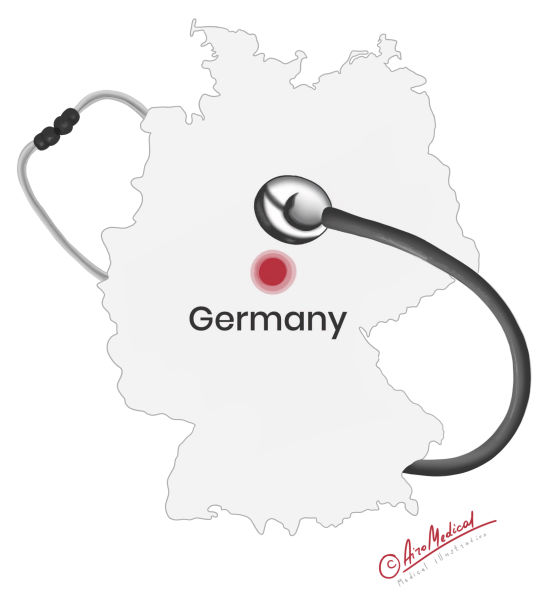 Next, we will tell you more about German research and new medical treatments for cancer:
Next, we will tell you more about German research and new medical treatments for cancer:
- Transarterial chemoembolization (TACE). That is targeted cancer chemotherapy. The drug is injected directly into the tumor, sparing the patient from the side effects of traditional methods. After the drug is administered through a blood vessel supplying the tumor, the artery closes (embolized). And the medication is not washed out with the blood flow. Then necrosis and destruction of the tumor occurred. This method is very effective for treating liver and lung metastatic cancer.
- High-intensity focused ultrasound (HIFU). Destroy cancer cells without the help of a scalpel. During treatment, beams of ultrasound waves are directed to a tumor area and destroy malignant cells due to the effects of heat. In Germany, new cancer treatments are successfully used to destroy tumors of bones, brain, breast, liver, pancreas, rectum, kidneys, and testicles, as well as in the palliative treatment of metastases.
- Ablation therapy. A minimally invasive procedure for treating tumors and metastases. It is often used when surgery is not possible. During microwave ablation, a tiny probe is inserted into the tumor. Once there, it emits intense heat up to 42-46°C. High temperatures destroy cancer cells. This method mainly treats malignant neoplasms of colorectal cancer, thyroid, liver, lungs, and kidneys. Cryotherapy can also be carried out with the help of a particular probe, in which cancer cells, on the contrary, are frozen.
- Proton therapy destroys cancer cells with a targeted beam consisting of microparticle protons. The proton beam damages the DNA of cancer cells, and they lose their ability to reproduce. Healthy tissues can repair themselves, but in cancer, this ability is much weaker, and they die. The therapy is often used for brain, liver, lung, prostate, and kidney tumors. The advantage of this method is its high accuracy and impact strength.
- Brachytherapy is a unique form of local irradiation. Unlike conventional external radiation therapy, it is performed directly inside the tumor. New cancer treatments allow targeted irradiation of the area and protect the surrounding normal tissues. It is often used as an additional method to standard therapy.
- Da Vinci robotic surgery. The surgical system consists of a control panel controlled by a surgeon and computerized instruments. The surgeon can operate the device with high precision. Da Vinci's robot transmits a magnified image of the operating field to the screen, and a team of surgeons, manipulating the robot's "hands," achieves the accuracy of manipulations inaccessible to humans. The method's advantages are minimal blood loss, rapid wound healing, and fewer complications.
- Radioembolization. The method of radiation therapy is also known as selective internal radiation therapy (SIRT). Tiny microspheres are inserted into the arteries using catheters. As a result, radioactive microspheres are placed mainly in tumors. The balls contain radioactive yttrium-90, which intensively irradiates tissues. The combined effect of radiation prevents cancer growth, causes cell death, and reduces tumor size.
- Dendritic cell anti-cancer vaccine. Dendritic cells are one of the most common protective agents in the body. They are found in the blood, skin, and mucous membranes. First, the primary cells are extracted from the patient's blood. Next, the patient's cells are supplied with special receptors for detecting cancer cells. And then, primary cells are injected into the bloodstream, where they immediately begin recognizing, attacking, and destroying malignant cells. Like other types of immunotherapy, the latest cancer treatment is combined with a course of chemo or radiation and other immune drugs.
- CyberKnife radiosurgery. It is a linear accelerator on a robotic arm, which, under computer control, can irradiate a tumor of 1800 positions. It allows the removal of tumors and metastases up to 0.5 mm in size due to a high dose of ionizing radiation. As a result, healthy tissues do not suffer. It is an alternative for patients with inoperable tumors or when open surgery cannot be used.
- Gamma Knife radiosurgery. It is a radiosurgical device for treating tumors and vascular malformations in the cranial cavity. The operation is performed without skin incisions and skull trepanation. Instead, radiation from 196 cobalt-60 sources is used, the beams of which come together and act like a non-invasive surgical knife.
- Photodynamic therapy. This one of the new cancer treatments consists of two stages. First, a unique photo-sensitizer is injected into the patient's body. It accumulates in tumor cells. Then the tumor tissue is exposed to the light of a specific spectrum. As a result, the photosensitizer is activated, becomes toxic to cancer cells, and destroys them. The therapy is used for cancer of the pancreas, bile ducts, esophagus, lungs, cancer, and precancerous skin diseases.
Advantages of Cancer Treatment in Germany
Germany accepts a record number of foreigners for treatment. The geography of foreign patients is large — people come here for treatment from the European Union and the USA, as well as from the Persian Gulf and North Africa. Among the undeniable advantages of new cancer treatments in Germany:
- Research and clinical base with a long tradition of diagnosing and treating oncological diseases.
- Full range of medical services. That means examinations and immediate treatment are carried out under current NCCN guidelines and protocols.
- Equipment of cancer hospitals. Oncologists use 3 Tesla MRI, PET-CT, and endoscopic methods for patients of all ages. Developed pharmaceutical industry of Germany, under strict quality control of the relevant state structures, timely supplies almost a full range of vital medicines to hospitals.
- The highest qualification of medical personnel. Training a German surgeon, radiotherapist, or oncologist takes 11-14 years. Coming to this country, the patient falls into very reliable hands.
- Patient orientation and actual clinical practice data, quality of life. Accompanying therapy and rehabilitation of cancer patients are actively developing. New methods are emerging to combat the side effects of chemotherapy. For example, special cooling helmets have been designed to help reduce or prevent hair loss.
- A more comprehensive choice of new cancer treatments compared to other countries. That is due to the latest developments, which are most often the achievements of German scientists. Cancer centers in Germany have access to all modern drugs used to treat sarcoma, carcinoma, etc. In Germany, medicines are tested and approved for production by the Federal Institute of Medicines and Medical Equipment (BfArM) and the Paul Ehrlich Institute (PEI).
- Key cancer research centers. The high economic level of the country allows it to sponsor scientific activities and introduce the most important innovations. Clinics in Germany cooperate with scientific organizations. In addition, many hospitals have laboratories and research departments.
The safety of patients and the effectiveness of treatment are put at the forefront. As a result, new cancer treatments by German specialists have become personalized. The focus is not on the disease but on the individual characteristics of each patient.
Selected Cancer Centers in Germany
The cancer centers presented on the AiroMedical website are certified by the German Cancer Society (DKG). Hospitals provide high-quality diagnostics, new cancer treatments, and rehabilitation.
Clinical Trials for Cancer Treatment in Germany
According to the German magazine FOCUS, clinical trials of more than 500 drugs for new cancer treatments are being conducted worldwide. Last year, about ten new medicines were allowed to be sold in Germany. Below we provide information about some new forms of cancer treatment in Germany.
- Chimeric antigen receptor T-cell (CAR) therapy. A treatment method in which lymphocytes (T-cells) are modified in the laboratory to recognize and destroy cancer cells. According to the FDA, during CAR-T cell therapy, the doctor extracts T-lymphocytes from the patient's blood and injects the genetic code of a virus harmless to the body. Such cells are multiplied in the laboratory and then returned to the bloodstream to destroy the tumor. One of the new cancer treatments is approved for some types of lymphoma and leukemia.
- Peptide vaccines. Vaccination is expected to increase the effectiveness of treatment in combination with other immuno- and targeted methods. At the moment, the vaccine is still undergoing clinical trials.
- Photoimmunotherapy. The essence of this method is introducing a particular compound into the patient's body that makes cancer cells glow in the dark. As a result, it helps surgeons remove more tumors than other therapies. It is also noted that photoimmunotherapy makes it possible to find and destroy even tiny cancer cells with the help of infrared radiation. According to The Guardian, it has a chance to become the fifth way to fight cancer on a par with surgery, chemotherapy, radiation therapy, and immunotherapy. Currently, scientists are exploring new cancer treatments for glioblastoma and pediatric neuroblastoma.
- Oncolytic viruses. It is a form of immunotherapy that uses viruses to infect cancer cells. Naturally occurring viruses are genetically modified. Geneticists develop them in such a way as to infect and destroy only cancer cells. Animal tests have shown that new cancer treatments can reduce the size of tumors in the colon, lungs, breast, ovaries, and pancreas.
According to the Pharmazeutische Zeitung, a new drug for treating melanoma, the most dangerous type of skin cancer, should soon appear on the German market. It will significantly increase the effectiveness of targeted therapy for melanoma with the NRAS mutation, reducing the risk of disease progression by 38%.
How to Choose the Suitable Treatment method?
After diagnosis, patients and their families must make important treatment decisions. These decisions are complicated by anxiety, unknown terms, and incomprehensible statistics. Even if the situation is extremely urgent, with AiroMedical service, you will have the opportunity. We help to explore all new cancer treatments and, most importantly, get qualified answers. In our team, you will find a friend you can trust.
Contacting AiroMedical and choosing a medical center in Germany allows every patient to receive the following:
- reliable examination for accurate diagnosis;
- effective treatment taking into account all characteristics and stages of cancer;
- comprehensive rehabilitation according to individual needs;
- the best result based on the new cancer treatments, even in advanced cases.
Cities in Germany to visit for Innovative Cancer Therapy
Cancer treatment in Germany is often the only chance to completely overcome the disease, improve the prognosis and improve the patient's quality of life. The techniques used in German clinics are unique today, and some have no analogs worldwide.
But, despite the highest rates of successful cures, scientific research and work on finding more effective and new cancer treatments do not stop for a minute.
References:
- Leukemia & Lymphoma Society: Chimeric Antigen Receptor (CAR) T-cell Therapy
- Technology Network Vaccines: Brain Cancer Vaccine Shown To Extend Patient Survival
- Science Direct: The Peptide Vaccine of the Future
- National Library of Medicine: Photoimmunotherapy
- Cancer Research Institute: How Oncolytic Virus Therapy is Changing Cancer Treatment
- World Cancer Research Fund Internacional: Global cancer data by country
- American Cancer Society: Managing Cancer as a Chronic Illness
